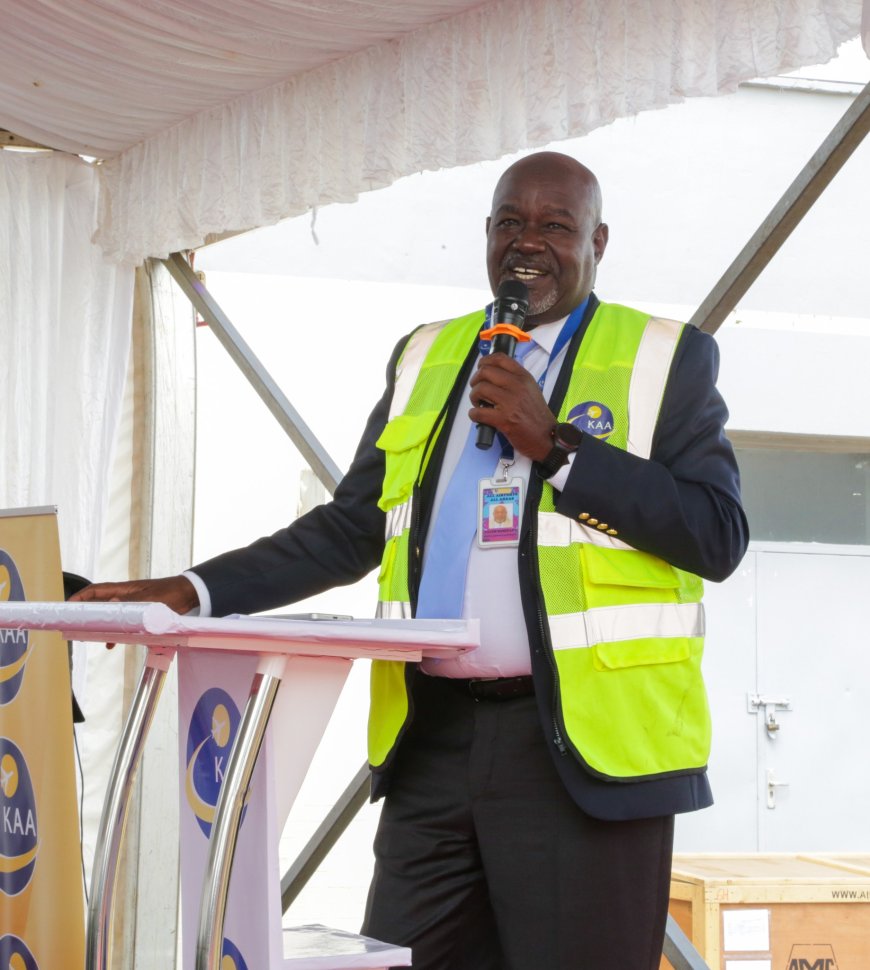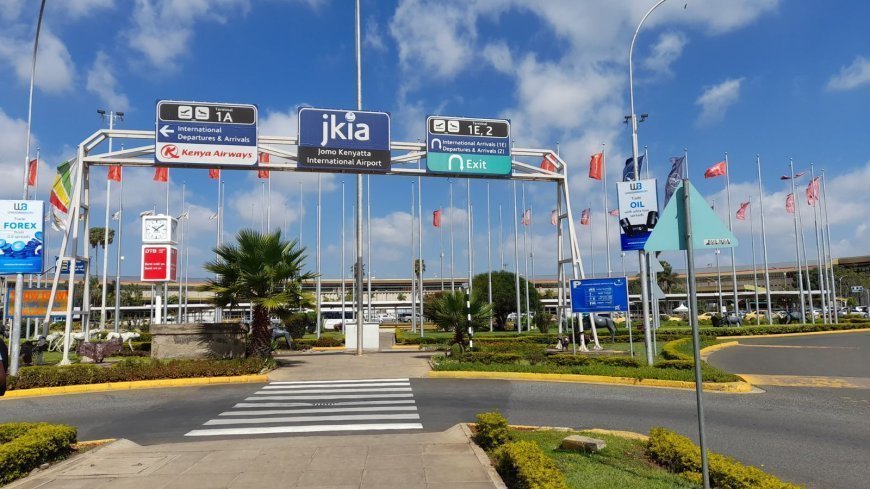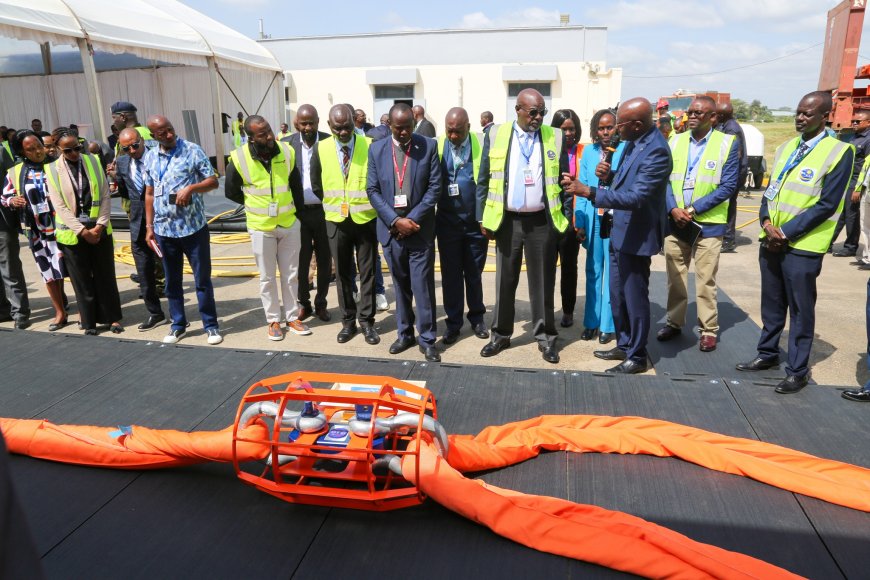The high-profile event drew top brass from across the aviation industry, including KAA’s Acting Managing Director Nicholas Bodo, AMS Managing Director Yehuda Fishman, and representatives from the Kenya Civil Aviation Authority, Kenya Association of Air Operators, and IATA.
With this strategic investment, KAA says JKIA is better positioned to uphold world-class safety standards while enhancing operational resilience for airlines, passengers, and the broader aviation community.
Aviation industry experts have praised the move as a bold step that places Kenya at the forefront of modern airport safety in Africa.
How It Works: New Generation Aircraft Recovery System
The New Generation Aircraft Recovery System (NGARS) refers to a modern, highly advanced system designed to recover disabled, damaged, or immobilised aircraft with greater efficiency, safety, and flexibility than traditional recovery methods.
NGARS incorporates state-of-the-art technology and equipment to enable rapid clearance of runways and taxiways following incidents that render an aircraft immobile, such as landing gear failures, blown tires, runway excursions, or other mechanical issues. This capability is vital to maintaining airport operations, preserving flight safety, and minimising costly delays or diversions caused by blocked runways.
Unlike conventional recovery systems that often rely on bulky cranes or heavy towing vehicles, NGARS is modular and deployable, featuring equipment such as high-capacity inflatable lifting bags, specialised aircraft jacking systems, smart control units, and adaptable tow solutions. These components are engineered for versatility, allowing operators to recover a wide range of aircraft — from smaller commercial jets to large, wide-body airliners — with minimal additional damage and faster turnaround times.
Additionally, NGARS is designed to require fewer personnel on the ground, thereby reducing risk and improving safety during recovery operations.
Another key feature of NGARS is its emphasis on portability and rapid deployment. Many of these systems are packed into transportable modules, which can be quickly delivered to any airport or military airfield in case of an emergency.
Digital control systems and integrated sensors help monitor the recovery process in real time, enhancing precision and situational awareness for recovery teams.
In summary, the New Generation Aircraft Recovery System represents a significant leap forward in the field of aircraft recovery. It provides airports, airlines, and military installations with a safer, faster, and more technologically advanced means of restoring airfield operations following aircraft immobilisation, supporting both operational resilience and aviation safety in a modern, increasingly congested airspace environment.
The introduction of the system aligns with a period of rising passenger and cargo volumes at JKIA, which is putting added pressure on safety and operational reliability. The Kenya Airports Authority has stated it is confident that this investment will help Kenya maintain its competitive edge over other countries in the region.

KAA Chairman Hon. Caleb Kositany speaking at the launch of the state-of-the-art New Generation Aircraft Recovery System at Jomo Kenyatta International Airport (JKIA), June 26, 2025. /KENYA AIRPORTS AUTHORITY









